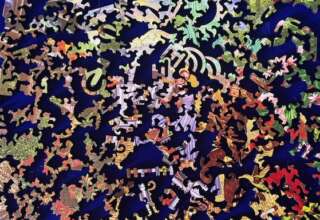
The insula is a structure of the brain that is part of the cerebral cortex. It cannot be ignored when talking about neurobiology and the science of hope. According to A.D. Craig, in “The Anterior Insula and Human Awareness”, researchers have provided growing evidence that supports the insula as a special structure involved in the regulation of the body’s homeostasis. In conjunction with this regulatory function, the insula plays a role in functions linked to emotion. One can assume that positive thoughts and feelings of hope aid in achieving homeostasis both psychologically and physiologically. The insula is located in the posterior part of the brain—the region that maps the intestines, stomach, esophagus, digestive system, and more.
This localization supports the brain body connection. Neurons in the posterior insula become active when there is a lack of homeostasis in our digestive system. Then our bodies take action to restore homeostasis. The anterior insula is a structure of the brain connected to the frontal lobes and parietal lobes. It has limbic inputs and becomes active when there is a mismatch between our behavior/actions and expectations of ourselves. This is a mismatch that might result in chronic illness. Depression and feelings of guilt are often correlated with anterior insula dysregulation which gives rise to actions that reestablish homeostasis. The anterior insula is also related to subjective feelings like the awareness of error or pain and a feeling of “knowing”.
Conclusions
When dealing with chronic health issues, there is real value in understanding not only the psychology of hope, but also ways in which thoughts and feelings of hope affect each of us physically. Scientists have found when individuals are adept at this mindset, hope can strengthen their immune systems and improve resiliency regarding future health issues. Along with this knowledge, neuroscientists have made huge advancements in technology, such as neuroimaging and brain stimulation, that gives us a deeper understanding of how these positive thoughts profoundly assist in healing.







